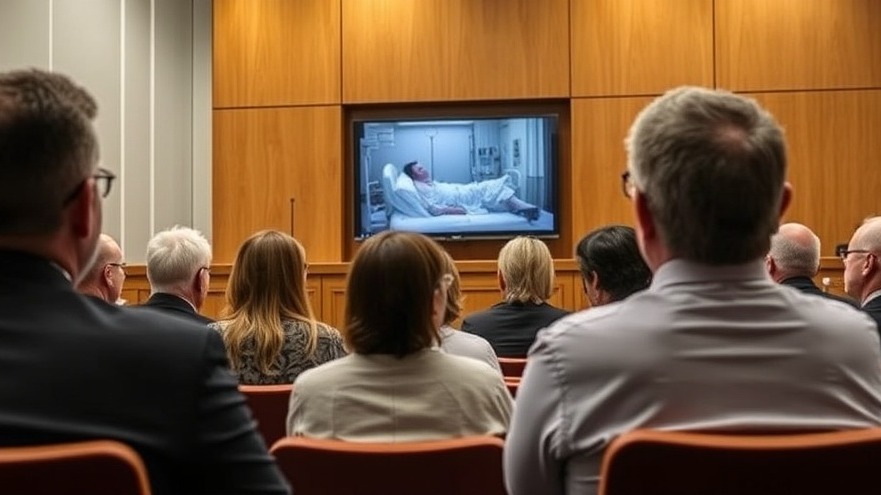
How powerful video presentations can turn "meh" into millions in personal injury trials
Let’s face it: juries are human. They get bored. Their minds wander. They're silently debating lunch options while a lawyer drones on about lumbar spine injuries. But you know what grabs their attention? A well-crafted video. A powerful, emotional, human story told with visuals, sound, and real people. That's where the magic happens—and where settlements can go from modest to massive.
Here’s 5 reasons why video is a secret weapon in personal injury cases—and how it messes (in a good way) with the human brain.
Video Tells the Story Without Boring the Jury to Tears
Picture this: a juror is half-listening to expert testimony while sneakily trying to read the label on someone’s water bottle. But then—boom—a video plays. It’s your client, trying to get out of bed, wincing in pain, needing help to tie their shoes. Suddenly, it’s not just a “case.” It’s a person with a story—and now everyone in the jury box is paying attention.
Humans are wired for stories, not spreadsheets. That’s why a two-minute video can do more than a 200-page medical report ever could.
It Makes People Feel Something
You can tell jurors that your client has "permanent nerve damage." Or you can show them trying to pour coffee with shaking hands and spilling it all over the kitchen counter. Guess which one sticks?
A good "Day in the Life" video doesn’t just show pain—it shows frustration, loss of independence, the stuff that hits home. Suddenly, jurors aren’t thinking, “How much is this injury worth?” They’re thinking, “This could be my mom... or me.”
It frames the whole case
Let’s say your client was rear-ended by a truck. The defense says, “Not our fault.” You roll the footage: a 30-ton rig barreling through a red light while the driver fiddles with his GPS. Case closed.
But beyond liability, video shapes the tone of the trial. Somber music, thoughtful narration, real emotion—it all frames the damages in a way that says: this isn’t about a fender bender. This is about someone’s life being torn apart.
4. Video Beats a Boring PowerPoint Every Time
Jurors sit through hours of “Exhibit 42A” and “Please refer to paragraph 17.” But then you roll a professionally edited animation showing exactly how the spine was injured, with clear visuals and simple language. Now they get it—and they care.
Think of video as the courtroom equivalent of coffee during an all-day seminar. It wakes everyone up and keeps them focused.
5. It Shuts Down the Defense's Nonsense
Defense lawyers love to say injuries aren’t that bad, or that your client is exaggerating. Enter: video. Suddenly, their “exaggeration” claim looks ridiculous.
In one case, the defense argued the plaintiff could still enjoy “normal life activities.” The plaintiff’s video? Her trying (and failing) to lift her toddler, crying in frustration. After that, the defense attorney couldn’t retreat fast enough.
Real Talk: This Stuff Works
One Chicago attorney used a short, impactful video to show how his client’s life changed after a highway crash. Before the video, the offer was $250k. After the video? $1.1 million. Same case. Same facts. Just better storytelling.
Final Thoughts
Jurors don’t remember every word of closing arguments—but they do remember the moment they felt something. That’s what video does. It grabs their attention, pulls at their heartstrings, and helps them see the full picture.
If you're still relying solely on testimony and documents, you're missing out. It’s like showing up to a heavyweight fight with pool noodles. Want real impact? Use video that connects.
Need help creating courtroom-ready video that moves juries and boosts settlements?
Visit us at www.videosforlitigation.com. We’ll help you turn your client’s case into a story the jury feels—and remembers.
 Add Row
Add Row  Add
Add 




Write A Comment